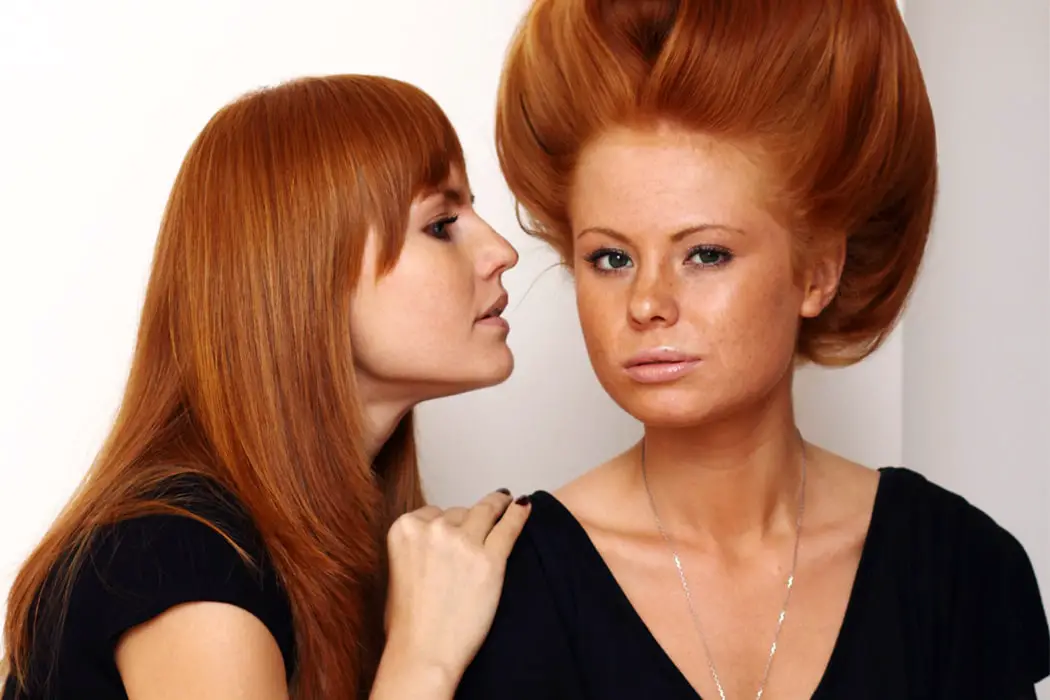Ever noticed that your beard has a surprising tinge of red, even though your hair is a completely different color? You’re not alone—many men discover that their facial hair doesn’t exactly match the hair on their heads. This phenomenon, known as the “ginger beard” effect, is more common than you might think. But what causes this colorful quirk? Let’s dive into the science behind why some beards turn red.
The Genetics of Hair Color
To understand why your beard might be turning red, it’s essential to start with the basics of hair color genetics. Hair color is determined by the type and amount of pigments called melanin that your body produces. There are two main types of melanin:
- Eumelanin: This pigment is responsible for brown and black hair.
- Pheomelanin: This pigment gives hair red and yellow tones.
The specific mix of these pigments is controlled by your genes, which are passed down from your parents. Different genes control the production and distribution of eumelanin and pheomelanin, leading to the wide variety of hair colors we see in people.
The Role of the MC1R Gene
One gene in particular, called the MC1R gene, plays a significant role in determining whether someone has red hair. The MC1R gene is responsible for regulating the production of melanin. When it’s working normally, it converts pheomelanin into eumelanin, resulting in darker hair. However, if there’s a variation or mutation in the MC1R gene, it can lead to an accumulation of pheomelanin, which results in red hair.
But here’s where it gets interesting: You don’t need to have red hair on your head to have the MC1R gene mutation. If you inherit just one copy of the mutated MC1R gene from one of your parents, you might not have a full head of red hair, but it could still show up in other places—like your beard!
Why Only the Beard?
So why does this red color appear in your beard and not on your head? The answer lies in the fact that different parts of your body can express genes differently. The genes that control hair color can be expressed more or less in various regions, such as your scalp, eyebrows, and beard. If the MC1R gene is more active in the follicles of your beard, that’s where the red color will show up.
This patchy or unexpected red color can be especially common in men with mixed ancestry, where various hair color genes are inherited from different ethnic backgrounds. Even if you have dark brown hair on your head, a hidden genetic mix might cause your beard to take on a red hue.
Age and Hormones: The Color-Shifting Factor
Another factor that can cause your beard to turn red over time is age. As men age, the levels of different hormones in the body change, which can affect melanin production. Sometimes, this shift in hormone levels can lead to changes in hair color, including the appearance of red tones in your beard.
Stress and other lifestyle factors can also play a role in altering hair color. Although this is more commonly seen with graying hair, it’s possible that hormonal changes due to stress could lead to a temporary or permanent shift in beard color.
Embrace the Red!
Whether you’re rocking a fully red beard or just a few ginger strands here and there, it’s a unique trait that makes you stand out. The red in your beard is a testament to the complex and fascinating nature of genetics, and it’s something to be proud of.
So next time you catch a glimpse of that unexpected red in the mirror, know that it’s more than just a quirk—it’s a reflection of your genetic heritage. Whether you choose to embrace it or color it, the choice is yours, but remember: Your red beard is a part of what makes you, you.








